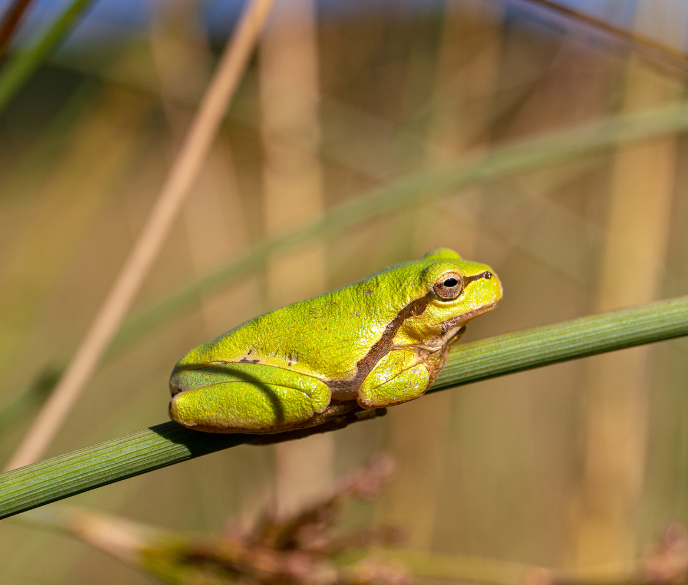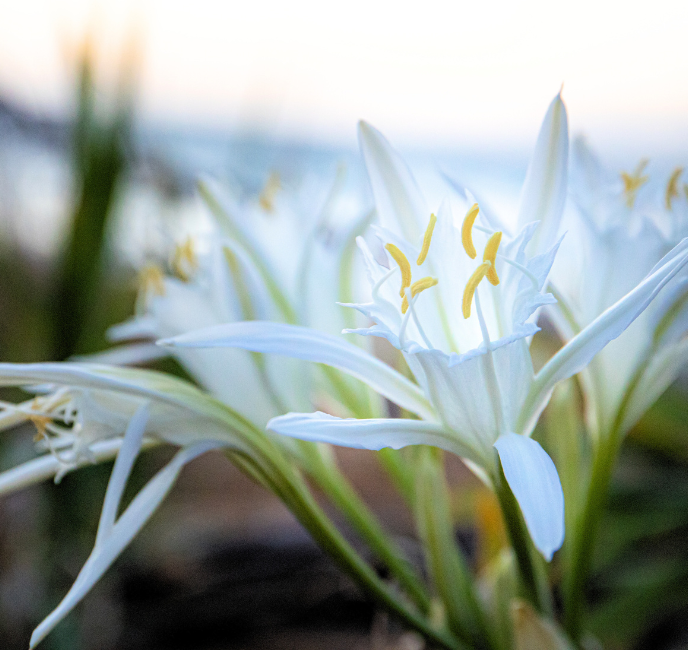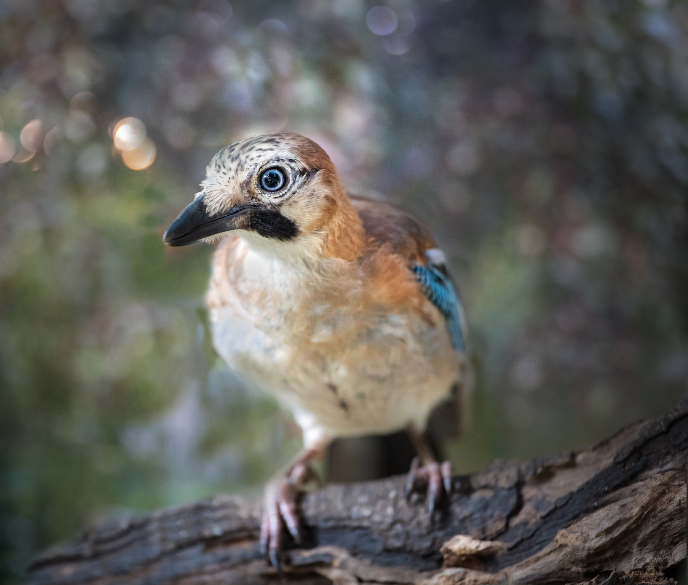

From the ravines to the Ionian coastline, a rich ecosystem of plant and animal species testifies to the extraordinary wealth of local nature.




The ravines of Taranto, deep karst gorges cutting through the landscape, are home to an extraordinary variety of wild orchids, making the area a true paradise for botanists and nature enthusiasts. Among the most remarkable species are the Ophrys tarentina, endemic to the region, and the Serapias apulica, exclusive to Apulia. These orchids bloom in spring, dotting clearings and trail edges with vibrant colors.
The presence of these stunning flowers not only enhances the natural heritage of the Taranto Gravine but also serves as an indicator of the ecosystem’s health. Their preservation is essential, as many species are vulnerable due to their specific ecological requirements. Thanks to the unique combination of geological and climatic conditions, the Gravine provide the perfect habitat for these exquisite orchids.
The local flora stands out for its rich plant biodiversity, influenced by the Mediterranean climate and the varied soil composition. The vegetation consists of forests, Mediterranean scrub, and rocky pastures, defining the landscape. Among the most representative tree species are the Aleppo pine, widespread along the coast, and the holm oak, which dominates the inland hills. Particularly noteworthy is the Valonia oak, a species typical of the Taranto Murgia, enriching the area's forest heritage.
The Mediterranean scrub of the province is characterized by a variety of drought-resistant shrubs and small trees, such as mastic trees, strawberry trees, and myrtle, whose aromas and colors contribute to the unique character of the territory. Along the coastal areas, species like maritime rockrose and Phoenician juniper thrive in harsher climatic conditions. The landscape is further enriched by the presence of centuries-old olive groves, harmoniously blending with the natural surroundings, and pioneer plants like the caper, which grows on rocks and walls, symbolizing the adaptive resilience of the local flora.
In the skies above the ravines, a variety of birds of prey can be observed, both diurnal and nocturnal. Species such as the Lanner falcon, Lesser kestrel, and Common kestrel soar through the air during the day, while the Eagle owl and Barn owl bring the landscape to life at night with their calls. The presence of these top predators is a strong indicator of the health of the local ecosystem.
The woodlands and Mediterranean scrub provide shelter for a diverse range of mammals, including foxes, martens, and hares, which thrive in the dense vegetation. In wetlands and along watercourses, Italian tree frogs and common toads are abundant, while in drier areas, reptiles such as the European pond turtle and the grass snake are common.
The coastal areas and salt marshes, particularly the Oasi Palude La Vela in the Mar Piccolo, serve as critical stopover points for many migratory bird species. During seasonal migrations, visitors can witness pink flamingos, black-winged stilts, and pied avocets feeding in the shallow waters, offering breathtaking natural spectacles.
The Taranto region is a fascinating geological mosaic, shaped over millennia by the interaction between the sea and the mainland. The coasts, kissed by the Ionian Sea, feature an alternating landscape of golden sandy beaches and limestone cliffs, where rock formations tell stories of ancient geological processes. These coastal areas are not only spectacular to behold but also serve as valuable habitats for marine biodiversity, contributing to the ecological richness of the region.
Moving inland, the landscape transforms dramatically. The ravines, deep karst canyons carved into the Murgia plateau, dominate the region’s interior. These gorges, shaped by water erosion on Mesozoic limestone, rank among the most spectacular in Europe, offering stunning and dramatic scenery. Many sections of the Gravine are covered by Mediterranean scrub, hosting a unique variety of flora and fauna. Additionally, they safeguard significant historical sites, such as rock-hewn villages and churches, which tell stories of centuries of human adaptation to this harsh yet fascinating environment.
The contrast between the bright Ionian coast and the shadowy depths of the ravines creates a landscape of remarkable diversity and beauty. The combination of geological, geomorphological, and natural elements makes Taranto's territory not only a place rich in history and nature but also a destination capable of astonishing and captivating every visitor.